Traditional gyms are no longer the only place people look to for health and fitness. In 2025, wellness trends have expanded to include holistic practices, innovative technologies, and lifestyle-based routines that balance the mind, body, and movement. These approaches go beyond lifting weights and running on treadmills—they create sustainable, empowering, and personalized fitness experiences.
Here are 7 key wellness trends beyond traditional gym routines that are transforming the way we think about fitness.
1. Mindfulness in Movement
Wellness is no longer only about physical strength. Practices like yoga, Pilates, and Tai Chi integrate mindful breathing with controlled movement. These routines improve flexibility, reduce stress, and strengthen the core. More people are realizing that mental health is just as vital as physical fitness.
Pro Tip: Start your day with 10 minutes of mindful stretching to activate both your body and mind.
2. Hybrid Workouts (Online + In-Person)
The popularity of hybrid fitness models skyrocketed during the pandemic, and they continue to dominate. People now combine online sessions with in-gym training, giving them flexibility and variety. Platforms like Peloton and Les Mills On Demand have shown how effective digital fitness can be when paired with in-person experiences.
3. Functional Fitness & Everyday Movement
Instead of focusing only on aesthetics, more people are training to improve everyday movement and mobility. Functional workouts strengthen muscles used in daily life—lifting groceries, bending, running after kids—making fitness practical and purposeful.
Read More: XFit Beginner’s Guide to Fitness blog.
4. Wearable Tech & Smart Tracking
From Apple Watch to WHOOP bands, wearable technology is shaping wellness trends by tracking sleep, stress, recovery, and even blood oxygen levels. This data empowers people to personalize their workouts and recovery.
Smart gyms are also using AI coaching systems to provide real-time feedback, ensuring better form and reduced injury risk.
5. Recovery as a Priority
Recovery is no longer an afterthought—it’s a primary pillar of fitness. Foam rolling, cryotherapy, massage guns, and stretching routines have become essential for athletes and beginners alike. Proper rest and quality sleep are now recognized as vital elements of a fitness plan.
Pro Tip: Schedule recovery days in your weekly plan to prevent burnout and injuries.
6. Eco-Friendly & Outdoor Fitness
Sustainability has entered the fitness industry. From eco-friendly gym equipment to outdoor boot camps, people are looking for ways to connect with nature while staying fit. Outdoor workouts also boost Vitamin D intake and reduce stress levels.
7. Community-Driven Fitness
Humans thrive in groups, and community workouts have become one of the biggest drivers of consistency. Whether it’s CrossFit classes, women’s wellness groups, or cycling clubs, the social element builds accountability and motivation. Fitness is no longer a solo journey—it’s about connection.
Conclusion
As we move further into 2025, wellness trends continue to redefine the meaning of fitness. It’s not only about building muscle or burning calories, but about creating a balanced, holistic lifestyle that nurtures both body and mind.
By embracing mindfulness, recovery, sustainability, and community, people are building routines that last a lifetime.
Embracing a holistic approach to wellness goes beyond just physical exercise. By integrating mindful movement, proper nutrition, and mental health practices, you create a sustainable lifestyle that nourishes both body and mind. Small, consistent habits—like stretching daily, staying hydrated, and taking time for meditation—can dramatically improve energy levels, focus, and overall well-being. Remember, wellness is a journey, not a destination. Celebrate your progress, listen to your body, and adapt routines that feel right for you. With patience and dedication, these practices can transform your daily life into a harmonious blend of strength, balance, and vitality.

